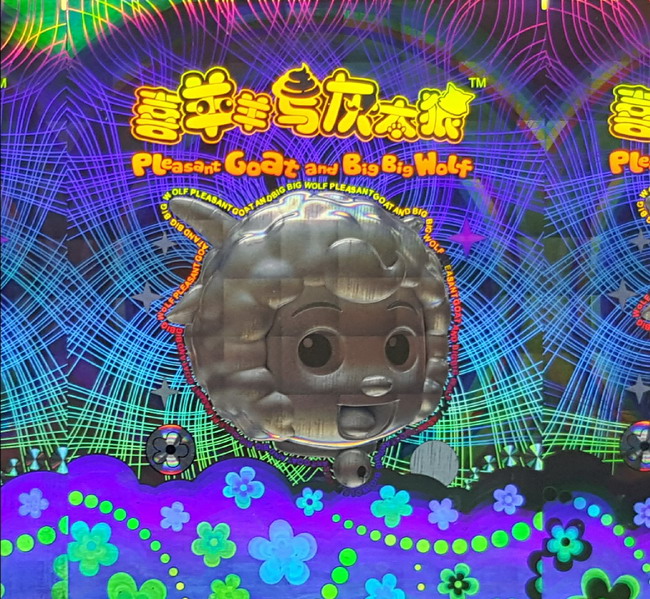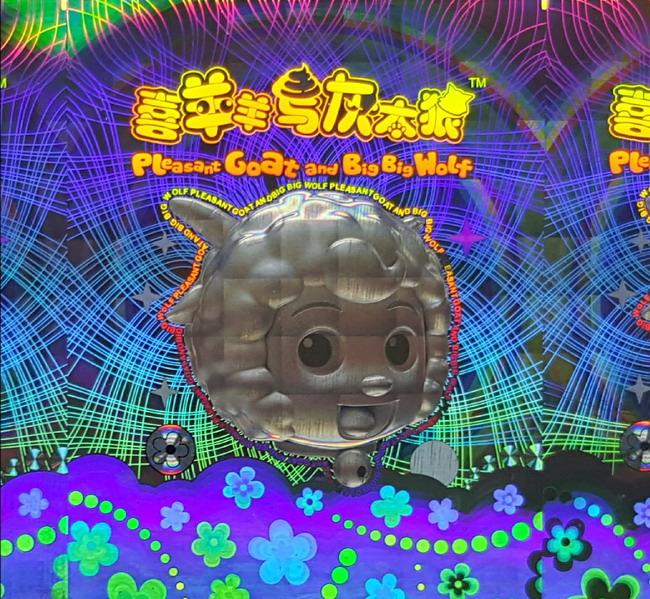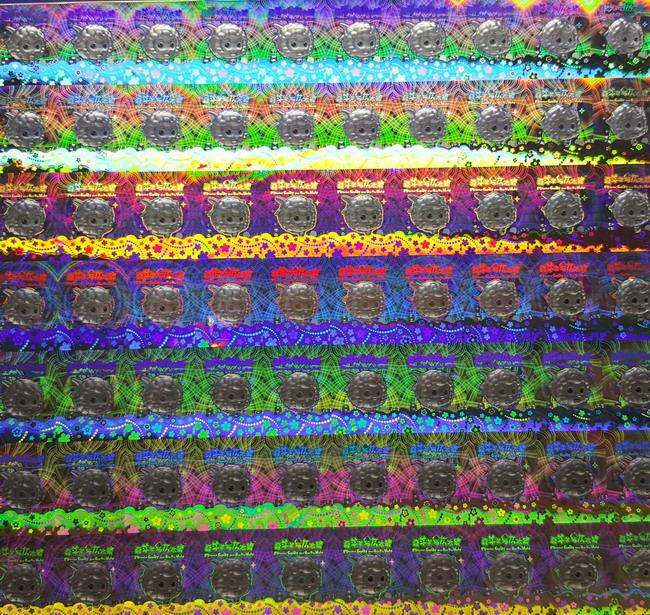Shenzhen City Industrial Co., Ltd. Contact: Liu Jinrong Fixed: 075529966071
Mobile: 13510810460
Fax: 075529966073
Address: 5th Floor, Building 3, Guangyu Industrial Park, Xixiang Street, Baoan District, Shenzhen



Holographic anti-counterfeiting trademark, also known as laser anti-counterfeiting trademark, or laser anti-counterfeiting trademark. Its working principle is to maintain the authenticity of the product through the ever-changing dynamic color performance of laser holography and the nano-level anti-counterfeiting technology; the identification method is generally observed by the user mainly through the naked eye, and the internal engraving features can also be observed through the microscopic equipment to identify The use of materials is based on aluminum oxide film, which can be used as corporate information, LOGO, trademarks, etc. on the surface of the logo. It can also be a human head or other special patterns and lines. It is suitable for various industries, such as digital and pharmaceutical. , cosmetics, etc. And such labels are less expensive.
Laser anti-counterfeiting is also known as laser anti-counterfeiting label , or laser holographic anti-counterfeiting. Laser anti-counterfeiting technology includes three aspects: laser holographic image anti-counterfeiting, encrypted laser holographic image anti-counterfeiting and laser lithography anti-counterfeiting technology. Laser holography is a stereoscopic photographic technology that has developed rapidly since the advent of lasers in the 1960s. "Holographic" means "all information", that is, a change in the brightness of a recorded object relative to a normal photograph, and a laser hologram can also record a spatial change of an object.
Since the manufacturing technique of this molded hologram was a very advanced technology at that time, only a few people mastered it, and it was used as an anti-counterfeiting mark. The principle of its anti-counterfeiting is:
1. In the whole process of laser hologram shooting, if there is a different condition (such as the condition of shooting rainbow hologram), the effect of holographic logo will be different.
2. The holographic information of such a holographic image cannot be photographed by ordinary photography, and thus the hologram pattern is difficult to be reproduced.
The first to apply a hologram as an anti-counterfeit logo is JohnnyWalkeWhishy (a whiskey). When it was applied in Thailand, sales were said to have increased by about 45%.
Laser embossed holographic anti-counterfeiting technology was introduced to China in the late 1980s and early 1990s, especially during the period from 1990 to 1994. Hundreds of production lines were introduced across the country, accounting for more than half of the world's manufacturers. In the early stage of introduction, this anti-counterfeiting technology did play a certain role in anti-counterfeiting. However, with the passage of time, laser holographic image production technology spread rapidly. Nowadays, it has been attacked by various counterfeiters and almost completely lost its anti-counterfeiting ability.
(II) Second generation improved laser holographic image anti-counterfeiting technology
The proliferation of the first generation of laser holographic anti-counterfeiting technology has prompted people to begin to seek to improve existing technology. There are three main improvements: one is the application of computer image processing technology to improve holographic images; the second is transparent laser holographic image anti-counterfeiting technology; the third is reflective laser holographic image anti-counterfeiting technology.
Previous: Anti-counterfeit laser mark
下一条: Security QR code



